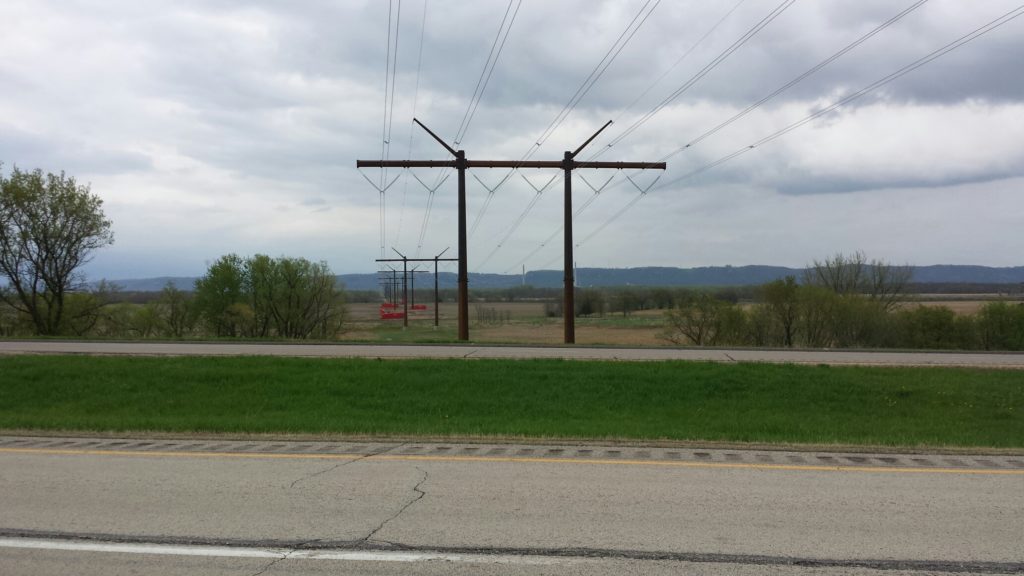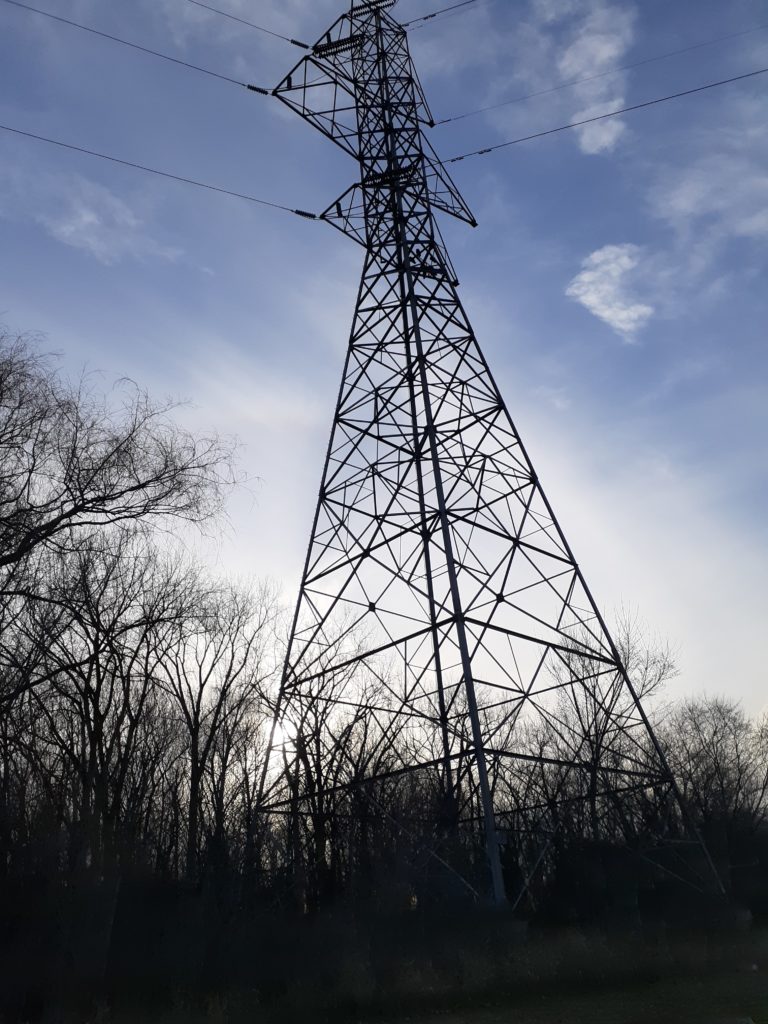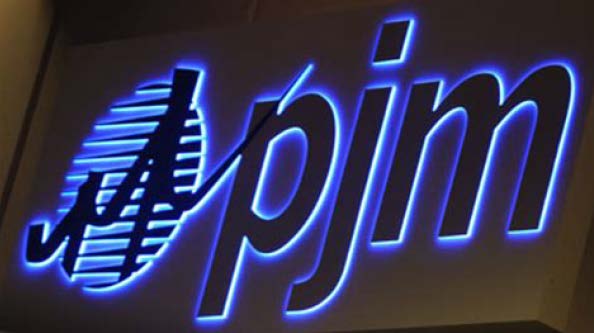Annual PPSA Hearing – November 9!
October 22nd, 2022
Just got notice of the Minnesota Public Utilities Commission‘s Power Plant Siting Act annual hearing:
This happens every year, and it’s important to spread the word around. One change that is very good is that the Commission is doing a good job of serving notice of the hearing — there are ~ 128 pages of recipients of this notice! GOOD! Love the interwebs, makes it so easy to let people know what’s happening.
The “Power Plant” aspect is very broad, this includes not just “power plants,” but transmission lines, wind projects, and solar too. This is the opportunity to tell the Public Utilities Commission, and the state generally, what works and what doesn’t work about the procedures for siting electric utility infrastructure, ideally based on your experience.
One positive aspect of COVID is that hearings are now held in “hybrid” format, both in person and online via Webex:
It is best if using Webex (http://mn.gov/puc/about-us/calendar/ and click on “November 9, 2022” to get to “webcast”) to have video on your computer and to use the phone for audio, whether listening or making comments — that’s the best way to avoid feedback (using headphones helps too). The webcast link usually goes live 10 minutes or so before the hearing starts.
What to comment about? If you’ve had experience with a Public Utilities Commission siting docket, if there were issues that made it difficult to participate, things needing clarification, rules and/or procedures that need changing, this is a way to bring it to the Commission’s attention. Over the 27 years that I’ve been dealing with utility siting issues, oh, the horror stories I can and do tell. The system needs work, and siting infrastructure is a constantly evolving process, sometimes very good changes are made, and sometimes, no matter how much we petition (formally and informally), challenge, cajole, demand, they just won’t take responsibility, won’t do their jobs, and won’t even promulgate necessary rules.
A main point of holding this hearing, as above, is hearing from “the public.”
In addition to the public participation issues exposed in this report (about which not much, not enough, has been done), a few things that I’ll be bringing up, orally or in writing:
- The Office of Legislative Auditor investigated the Public Utilities Commission‘s practices, and this report had recommendations, most of which have not been addressed:
OLA-Report_PUC Public Participation 2020
- The Public Utilities Commission has not, in the decades I’ve been participating in the PPSA Annual Hearing, EVER brought up the PPSA for discussion and ACTION on issues raised.
- Wind siting “guidelines” were adopted via Commerce-EERA without public notice or opportunity for input: Large Wind Application Guide.2
- Notice has not been provided to landowners on transmission line routes where “alternate” routes are proposed, and sometimes landowners have not discovered their land may be affected until the public hearing, very late in the process.
- Power Plant Siting Act rule revisions, due after the 2005 Power Plant Siting Act legislative changes, have not been promulgated, despite a years long process, NINE YEARS, many committee meetings, and a lot of work by a lot of people. The Public Utilities Commission just dropped it… no action… sigh… Minn. R. ch 7849 & 7850 Rulemaking? DEAD!
- Despite 2 rulemaking petitions to the Public Utilities Commission, there are no wind siting rules! The Commission refuses to promulgate wind siting rules, instead using Small Wind Standards:
There’s no end to the issues to raise.
In addition to the public hearing, comments may be submitted in writing:
Get to it! Register your experience with the Public Utilities Commission, and let them know what needs work.
Wisconsin Xmsn Application Filing Requirements
September 15th, 2022
Today, Comments were due (1:30 p.m., whew, just under the wire):
This is regarding the Wisconsin Public Service Commission’s Application Filing Requirements. To look at the docket, go HERE – DOCKET SEARCH and search for 5-AFR-100.
It looks like other than DATCP (DATCP Comments) and ATC (American Transmission Company Comments on Proposed Application Filing Requirements for Transmission Line Projects), I’m the only one filing comments.
HOW CAN THIS BE?
Oh, but wait, look at this on the notice:
Here’s the full notice:
DOE wants our comments on transmission “facilitation”
May 22nd, 2022
On May 12, 2022, the DOE released a “Notice of Intent and Request for Information Regarding Establishment of a Transmission Facilitation Program.” Comments are due June 13. Here’s the Federal Register publication:
https://www.govinfo.gov/content/pkg/FR-2022-05-12/pdf/2022-10137.pdf
One aspect that particularly concerns me is focus on NIETC transmission corridors, designated more than a decade ago, 2005 to be precise, and also containing a category of claimed need for “transmission across more than one state or transmission region.” That criteria would apply to almost every transmission project I’ve worked on, although most were segmented (so that the full extent of the project would not be considered or evaluated, DOH!):
What to comment on? Go to the above Federal Register link, and specific issues for comment start on page 6, “Questions for Requests for Information.” However, if you know of issues that should be considered but are not specified, have at it, put it down in detail.
I do get a little paranoid when they request comments on subjects like this — that “barriers to transmission” is one often raised by Beth Soholt, WOW (now as “Clean Grid Alliance” even more directly identifiable as transmission toadies), and here it is:
Comments are due by June 13, and should be sent to the “Federal eRulemaking Portal” (the only option), and must include the “agency name and identifier.” The agency is “Grid Deployment Office, Department of Energy.”
A decade ago or more, our state agencies eliminated consideration and scrutiny of “need” for transmission by making transmission a “regional” and market matter, making state permitting review nothing more than a rubber stamp. There’s never been a transmission proposal that state agencies didn’t love, rubber stamping everything that came their way. Now that fossil is to be shut down, that should free up immense capacity, but you’ll note that that doesn’t ever seem to be in the mix. Even NERC notes that fossil generation isn’t projected to decrease much, and locally, a good example is GRE’s walk-back on their promise to close Coal Creek, and instead “sold” the plant and transmission, and signed PPA to buy the Coal Creek generated energy.
Here’s NERC’s 2021 Long Term Reliability Assessment’s projection of MW of resources, note that coal doesn’t seem to be going anywhere anytime soon:

If shuttering down fossil is not incorporated into the transmission capacity “need,” exactly what are they basing the “need” claim on? Inquiring minds want to know.
Anyway, do check out the request for comments and let them have it. There are a many specific issues presented that has something for everyone!
2021 PJM State of Market Report
March 10th, 2022
Here it is:
PJM 2021 State of the Market Report
Note that where NERC does not project a significant decrease in coal production, PJM’s coal generation increased from 2020 to 2021 (now we do need to keep in mind that 2020 was a very low demand year):
Here’s an overall summary:
The big takeaway is that demand has increased over 2020, which is no surprise. Note the “Average Hourly Load” and “Average Hourly Generation” and compare with “Installed Capacity.” Capacity is essentially twice Average Hourly Load and Average Hourly generation (and note exports and imports are included).
And just for shits and giggles, here’s the PJM LOCATIONAL MARGINAL PRICING MAP!
And here’s MISO’s too:
MISO LMP Map
What it looks like right now in MISO:
Xmsn at House Climate & Energy Committee
February 10th, 2022

Just WOW! Yeah, that WOW too… Today was the meeting of House Climate and Energy Policy and Finance, and check out the presentations:
Attachments:
- HF XXX/BE133 (Stephenson) Permitting Reform – 2/2/2022
- Electric Transmission System Report – 2/3/2022
- Agenda – 2/9/2022
- Minutes for 2-3-22 – 2/9/2022
- Minutes for 2-8-22 – 2/9/2022
- Presentation-Engelking – 2/9/2022
- Presentation-MISO – 2/9/2022
- Presentation-Soholt – 2/9/2022
- Letter-MP – 2/9/2022
- Letter-MRES – 2/9/2022
- Letter-Overland – 2/9/2022
- Presentation-PUC-Updated.pdf – 2/10/2022
The good news is that MRES did have challenges to the proposed language in HF XXX/BE133 (Stephenson) Permitting Reform, but aside from MRES, what a bunch of transmission toadies.
Commerce’s Electric Transmission System Report and a PUC Commissioner ADVOCATING for more transmission Presentation-PUC-Updated.pdf, good grief, there’s just no excuse.
More of this?

No thanks…
Needless to say, I should have pushed to get on the list to testify, a letter isn’t enough.


















